|
Following the outbreak of COVID-19, and the resulting shutdown of Houston, we had to resort to creative means to continue our monthly multiplayer wargaming meetups. Using a combination of Gimp, Roll20, and Discord, we established a club presence on Discord and played the Black Sheep scenario from the Road to Rabaul campaign book for Check Your Six!
Here is a link to the stream recording of the online game: https://youtu.be/ISSm_4uN_eY
2 Comments
Our February, 2020, game night featured the first scenario of the Kasserine campaign in the Battlegroup Torch book. The following notes from the game were penned by the evening's host, Rob.
I'll be using the Topgun style of debriefing and objective review of what happened and how to improve our play in future games. Scenario was a recon probe by the Germans up the Kasserine Pass against a small US infantry force of TF Stark, throwing up a hasty defense outside a small farming village. The US was disadvantaged from the start in Battle Rating (24) being reduced by a D6 roll to 20. Then pulling additional BR counters at game start for being out-scouted vs a Recon force and the Germans claiming the bridge objective outside the US setup area. US players setup forward defenses inside the small village taking advantage of the sturdy buildings' hard cover 4+ save. This setup prevented supporting fires from the 37mm ATG due to Line of Site issues and created small pockets of unsupported units with minimal enfilading fire opportunities. Minefields and wire blocked routes of advance to the sides of the village and in the rear areas. Generally wire and minefields work best as a first layer of defense and covered with multiple fields of fire. Minefields in Battlegroup affect units in 5" radius and both minefields and wire are considered Dangerous ground allowing only D6" move through them. US made good use of their bazooka team in the village knocking out an armored car and 251 track and using ambush orders for their infantry units. Having lots of ROF 6 and 7 units on ambush fire helped when Germans units began infiltrating into the village, and helped abort one air attack and destroyed the German ATG track and deployed gun team with BAR and sniper. The German side used their armored cars as fire support vehicles and did not maneuver much past the bridge objective and southern outskirts of the village. The infantry platoon in armored tracks went into the village to disembark and the tracks lined up in a vineyard to use their MGs to support the platoon units fighting through the village. This was a concentration of firepower that exceeded what the unsupported US could match in the small confines of the village. US units began to collect pins and casualties which led to more BR and eventually ended the game. US took additional BR from a successful airstrike, BR which was drawn when the first armored car was destroyed by bazooka fire, but such is war. The Stuka struck terror into the inexperienced US troops and destroyed a unit with it's bombs. In review of the tactics, US players could have setup differently and ignored the village due to it's dense layout of vineyards and buildings and setup further back in their deployment area for a defense in depth with more mutual supporting fires (there were no objectives in the village, control of the road exits were the objectives), or upon seeing the German attack develop into the village, pull back out of the village to cover positions in the rocky ground (4+ save) to force the Germans to continue their advance beyond the village into open ground (6+ save). German players have the option to ignore the village, and zoom the armored cars up the roads (not mined until deep in US zone) and claimed the objectives in the rear for easy additional BR. US AT power in turns 1-4 was limited to a 37mm ATG, and x2 bazooka teams. Germans had x4 armored cars and x4 251 tracks. This quantity of armored units could surge past the limited defenses, especially with the Reserve Move order which we have not yet mastered. Reserve Move is a Reaction Order, similar to Ambush Fire. We have not used this order once in any game of Battlegroup in two years and should examine it's potential. Putting a unit on reserve moves allows the player to take a Top Speed order (move twice) at any time before or after an enemy order. Example- German armored car goes on Reserve Move in T1. In US T1, a bazooka team uses an order to reposition to cover the road, but cannot fire at the armored car as it is greater than 10" away. Once the US order is completed, the German player invokes reserve move, and can zoom 48" down the road (moving double road movement of 24"). It sails by the bazooka team with impunity since they have used their order and are not on ambush. US ambush orders can interrupt this armored car though, so continuing with this example the 37mm ATG in the rear on ambush could shoot at the armored car with an Ambush Fire order at any point in the German car's move. But once that firing is over and the ambush removed, the other three German armored cars on Reserve Move can do the same thing and both the bazooka and ATG have used their orders at this point. In summary, Reserve Move is a useful order allowing for positioning changes to be made during the enemy turn, but can be interrupted by Ambush Fire reserve orders. Adds a new tactical element of the game to the traditional Ugo-Igo we have been playing. Mistakes made by the Game Host: The Stuka was the first time airpower has ever arrived in our games and we got it 95% correct. One improvement, if an aircraft is self-spotting it's attack without benefit of a Forward Air Controller (which we've never used), an extra D6 to deviation distance in the accuracy process is required. Dive bombers like the Stuka can also re-roll one dice of direction or distance in this same accuracy check. When a unit is on Reserve Order Ambush Fire and it becomes Pinned, after Rally and removal of the Pin marker, it retains the Ambush Fire order. It is not lost due to pinning, only if used or the player elects to give a new order. When teams are reduced to 3 men or less, observation test has a -1 modifier. A US player identified this mid-game but this may have been missed prior to this catch (vs bazooka team for example). The SdKfz 222 armored car with it's 2cm gun is not ROF10, but ROF6 and suppresses as Very Lt. HE. The Game Host misinformed German players of this stat in the game. Objectives cannot be claimed by driving through them. German unit (unpinned) would need to be within 5", with no US units (unpinned) within 10" at end of turn to claim the objective and cause US to take a BR. Reversing on a road treated as Reversing and lose D6 of road movement. So an armored car could zoom 24" up a road, and reverse to 24-D6" back. But not claim an objective if outside of 5" at end of it's movement. Overall a great experience, we are getting better with these rules. If anyone wants to pick up a copy of the rules to review on their own, domestic source is NWS. https://nwswargamingstore.net/shop?olsPage=t%2Fbattlegroup-books In 1941 Lieutenant Commander Jeffords (James Franciscus), an American serving with the Royal Navy, is assigned to Valletta, Malta, to command a flotilla of Motor Torpedo Boats for a top secret mission. Jeffords is granted permission to take his friend, Chief Petty Officer Yacov (Reuven Bar-Yotam), an Israeli/Palestinian, with him. Through scrounging spare parts from sunken craft, the battered flotilla is able to piece together three seaworthy craft.
Jeffords' mission is to destroy a former Italian submarine base in Augusta, Sicily, that now contains the German's Fritz X glide bombs that have been taking a heavy toll of British shipping. As the bombs are stored in former submarine pens tunneled inside a mountain, an aerial attack is unfeasible. It is up to Jeffords to determine how he will accomplish his mission. We kicked off the New Year with a rollicking good game of Cruel Seas, recreating - with some poetic license in the interest of making a good wargame - the big nighttime battle at the end of the film. Thanks to Rob for bringing the tripod and taking some great photos. We spent Saturday, November 9th, at the Lone Star Flight Museum, running WWI, WWII, and post-WWII aircraft vs. aircraft simulations using three very different rule sets. The venue is awesome as the Museum was in the midst of its Veteran's Weekend celebrations.
Everyone had a great time, we entertained and educated a number of families, publicized the hobby and the club, and built a great relationship with the Museum staff. We look forward to 2020 with helping out with the Lone Star Flight Museum's plans to celebrate the 75th anniversary of the end of WWII, throughout the summer months. |
Please ParticipatePlease feel free to comment on what interests you. Archives
September 2023
Categories
All
|






































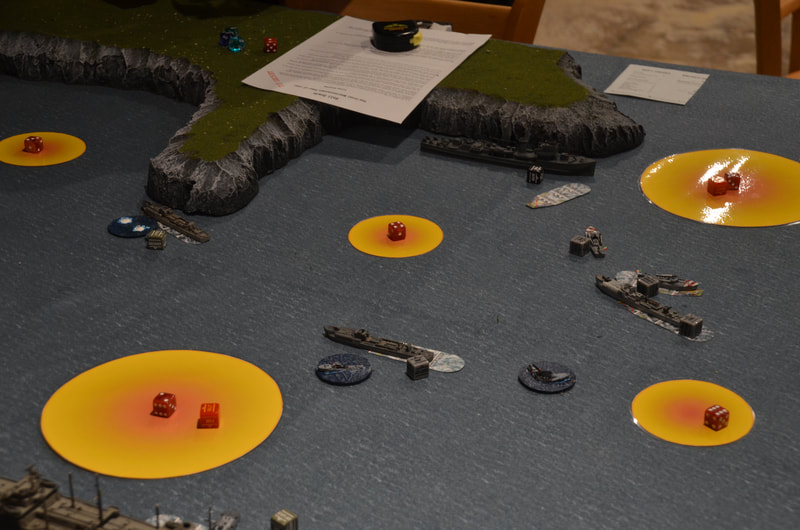












































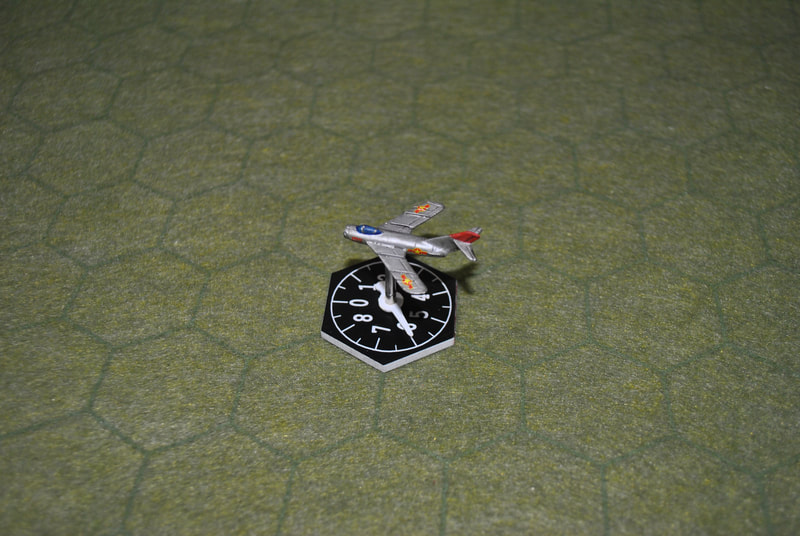





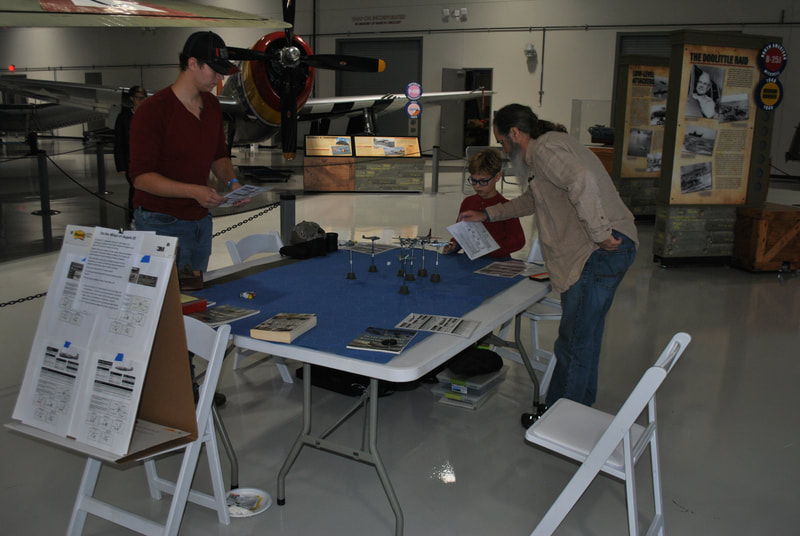














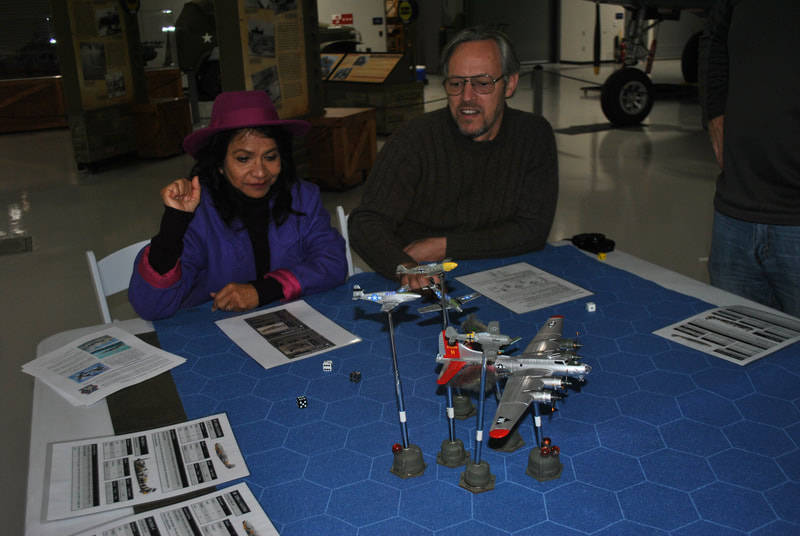



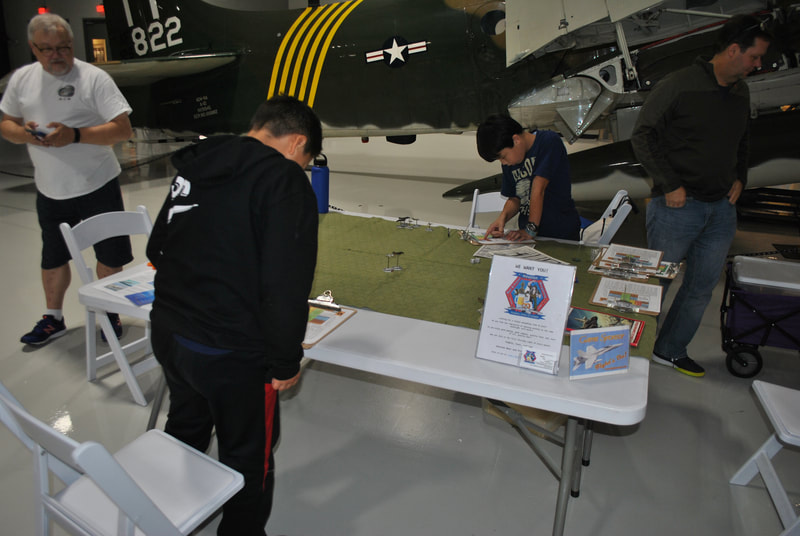






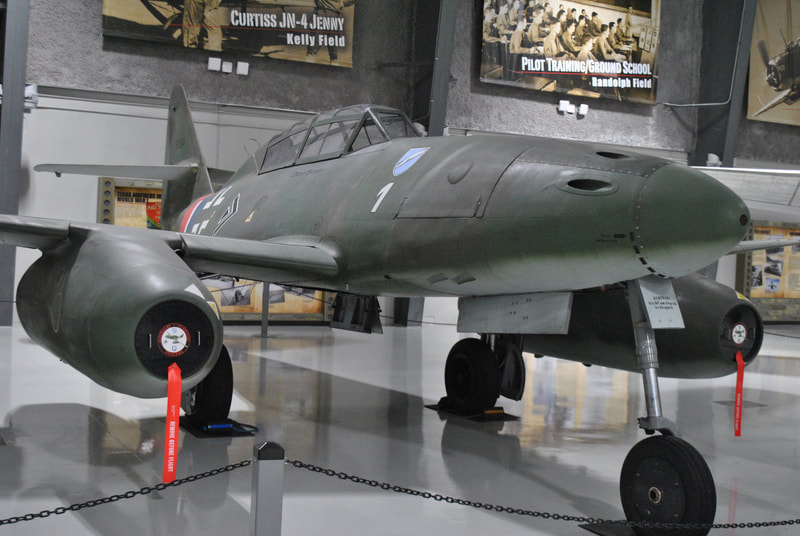




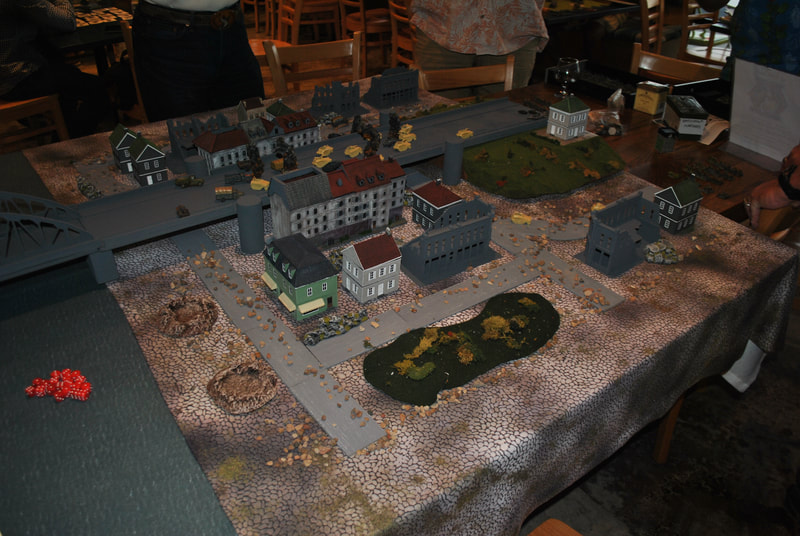



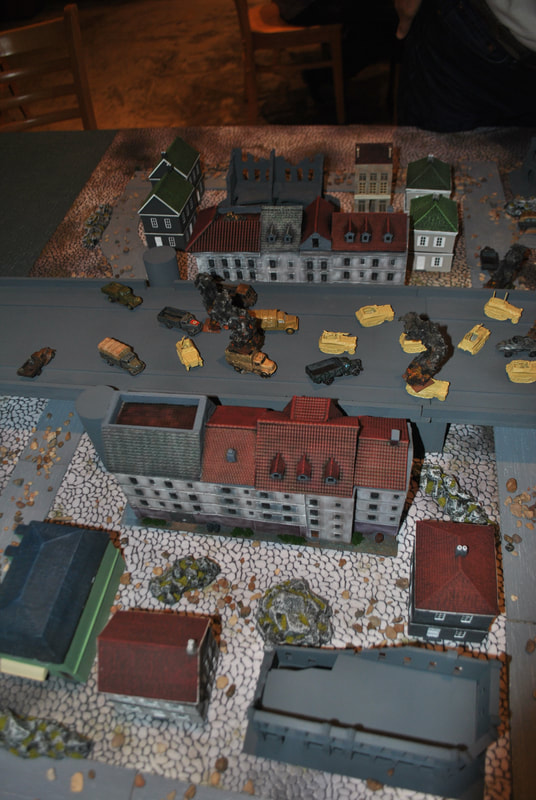



















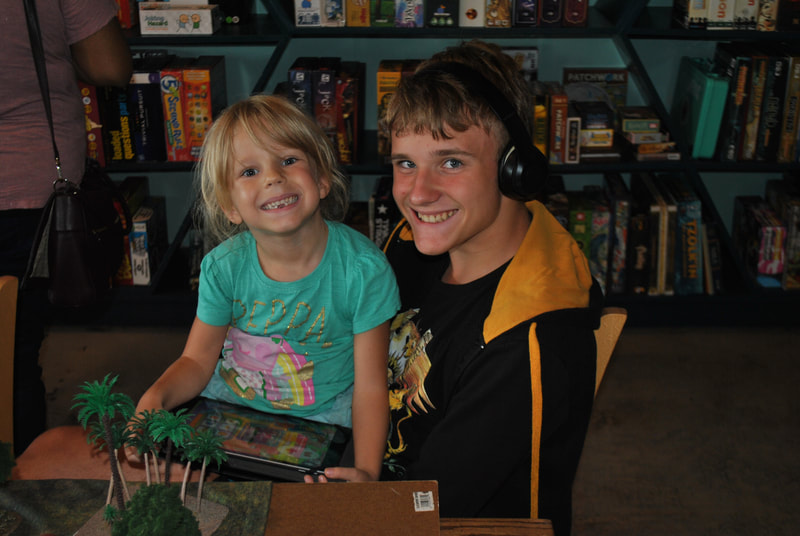
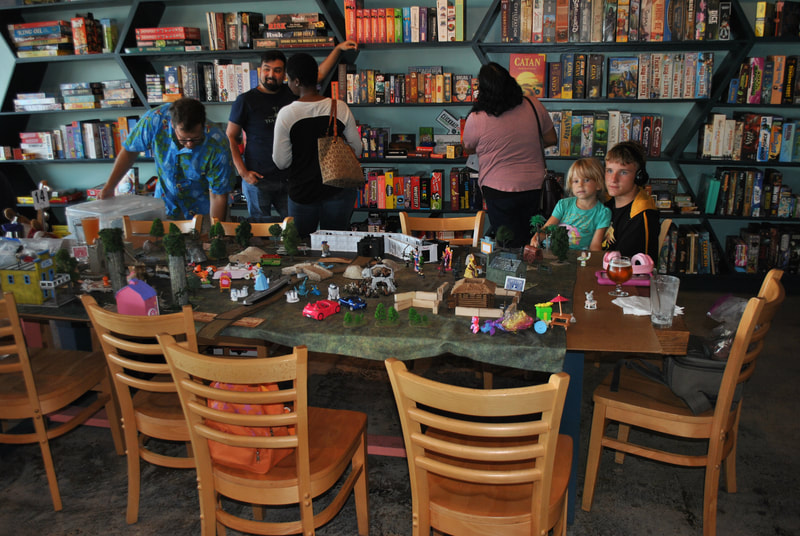






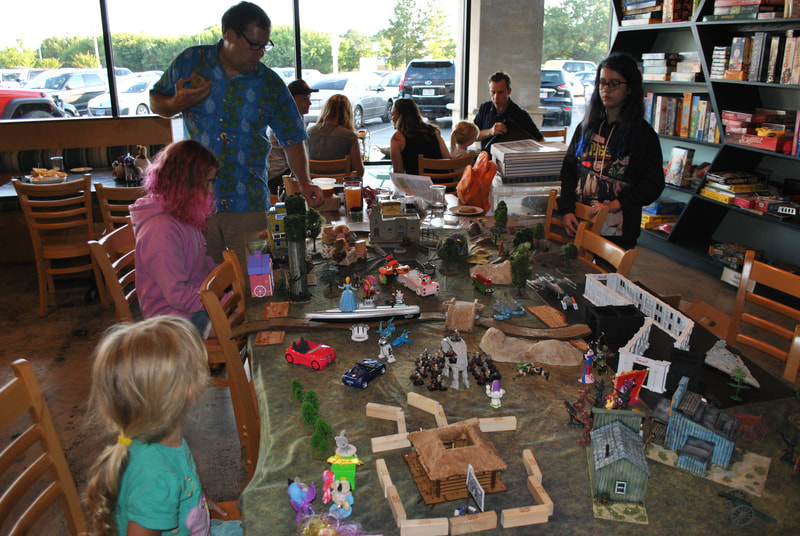








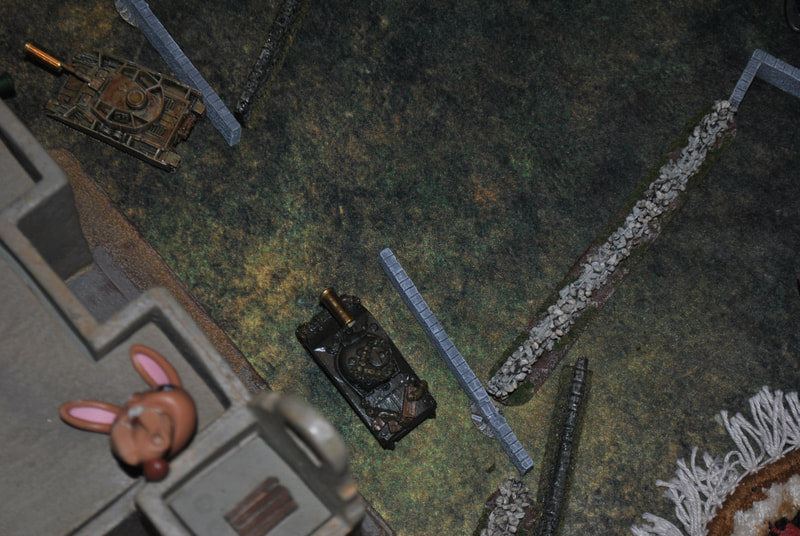
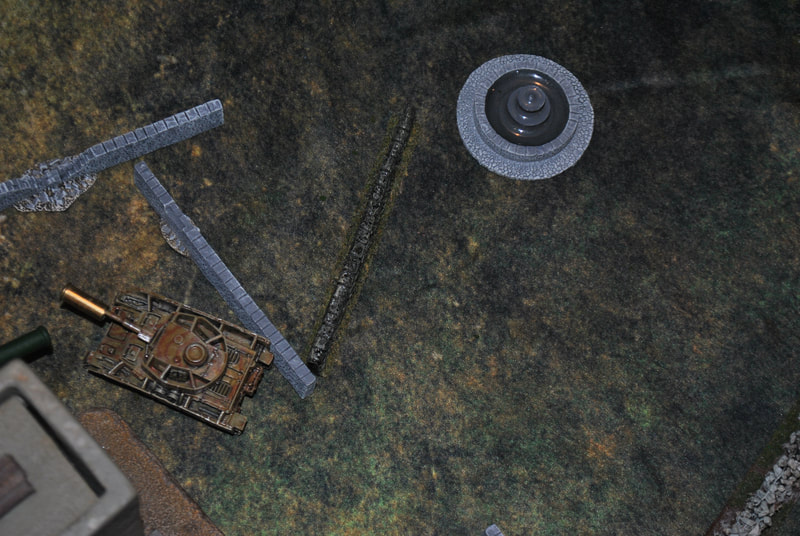












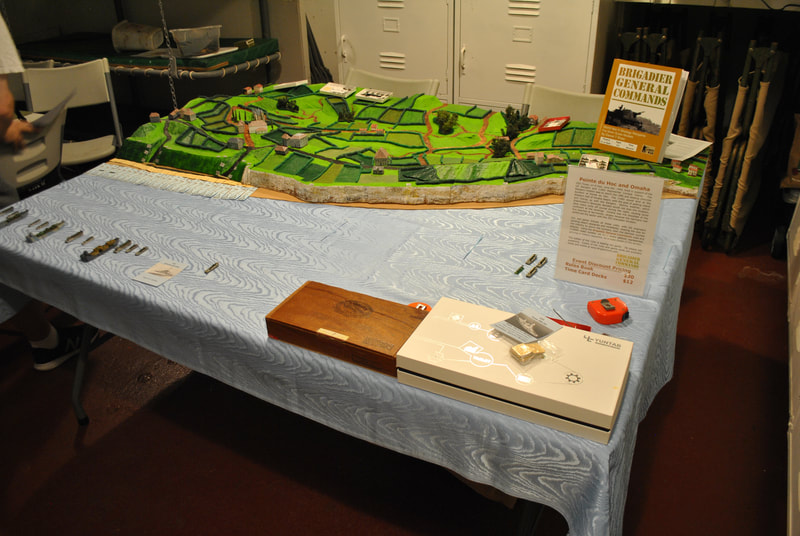

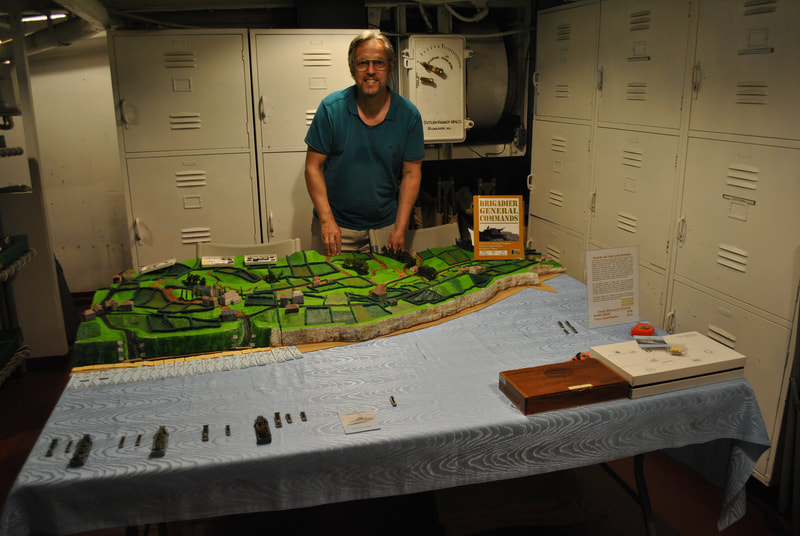
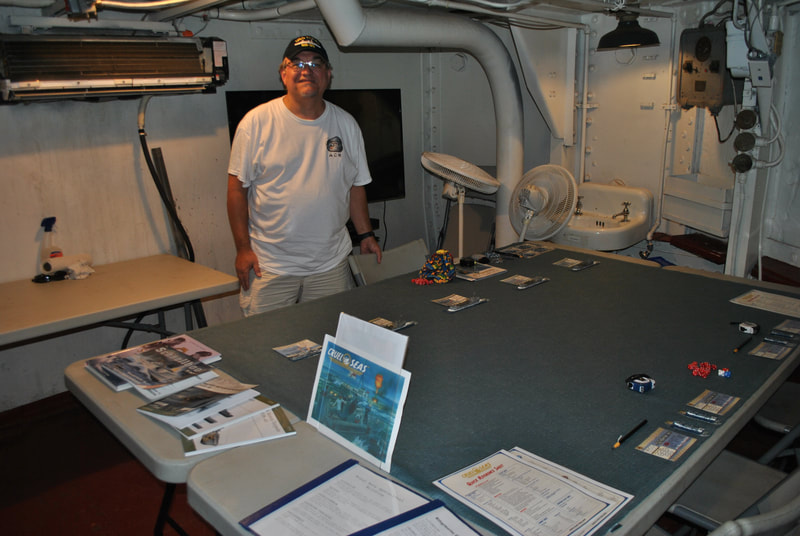
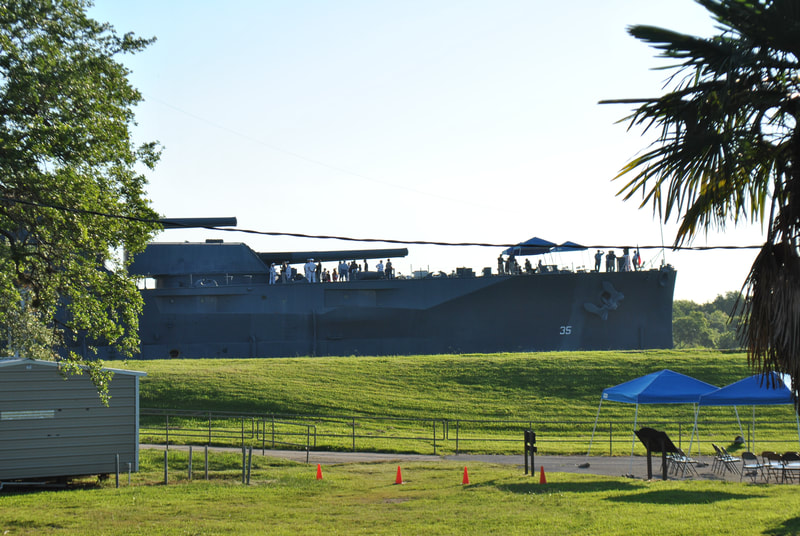






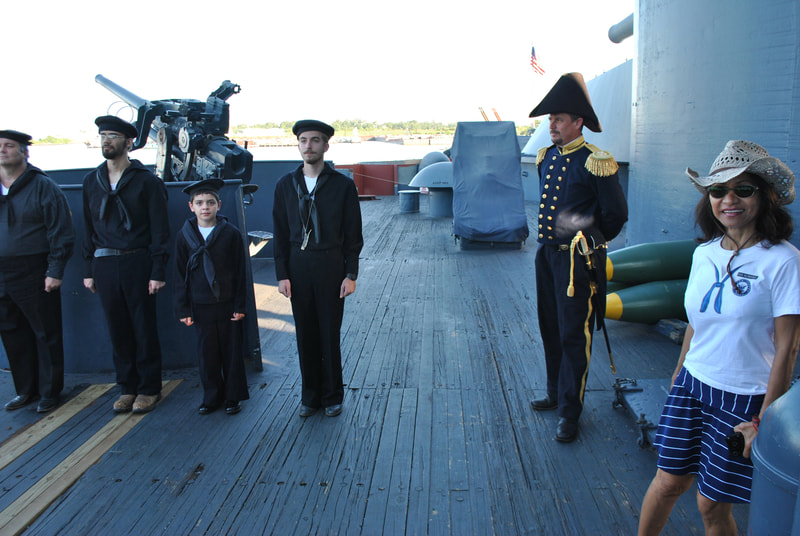























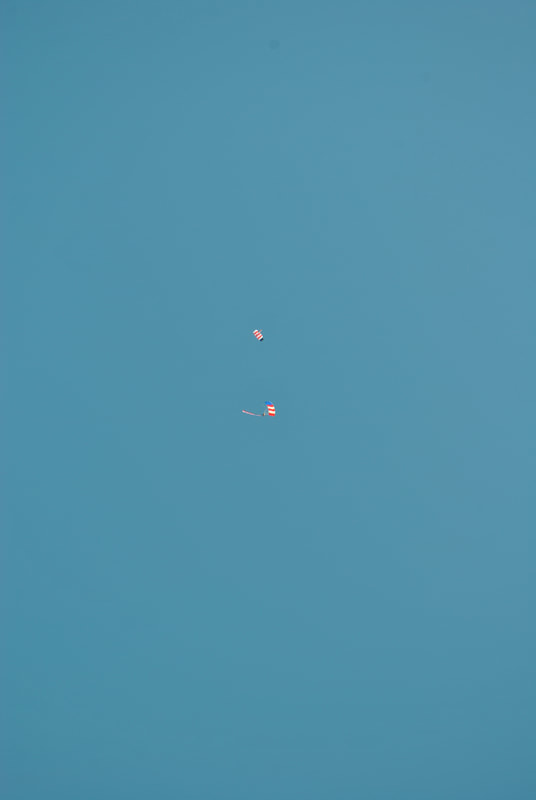














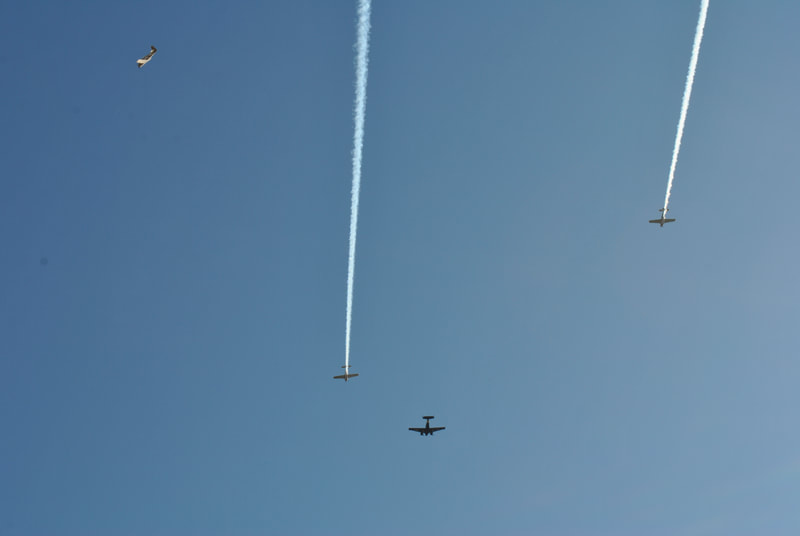




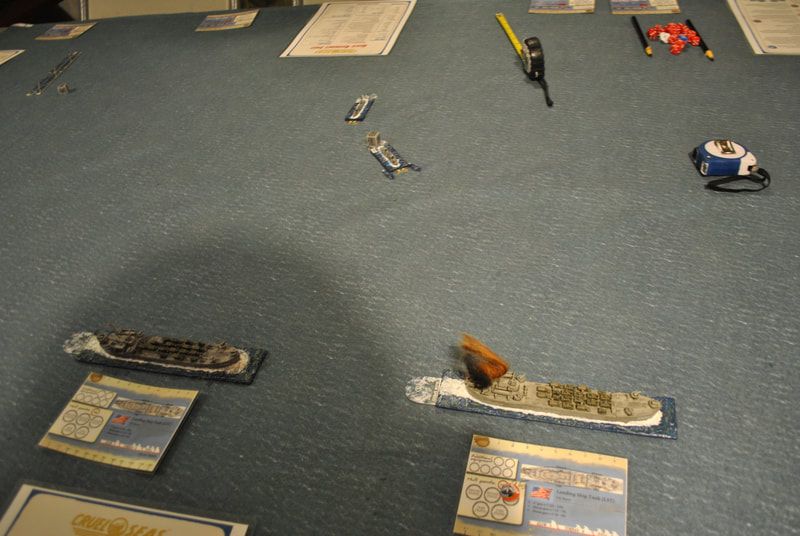



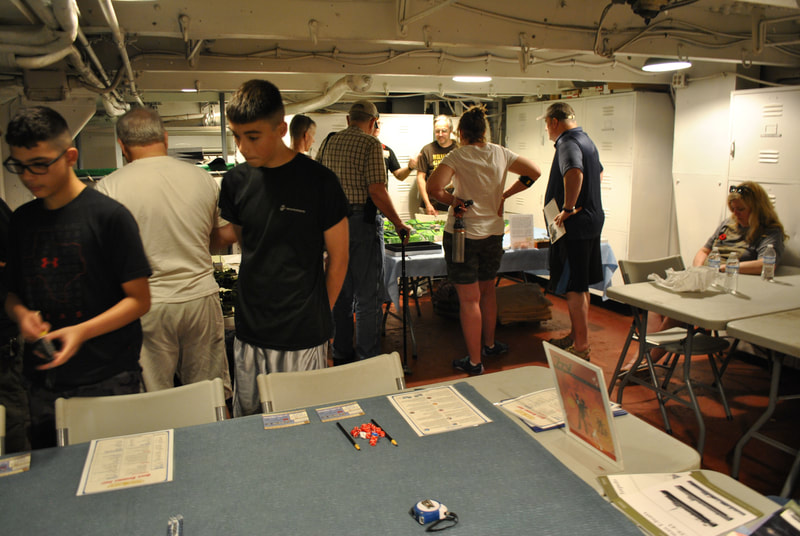







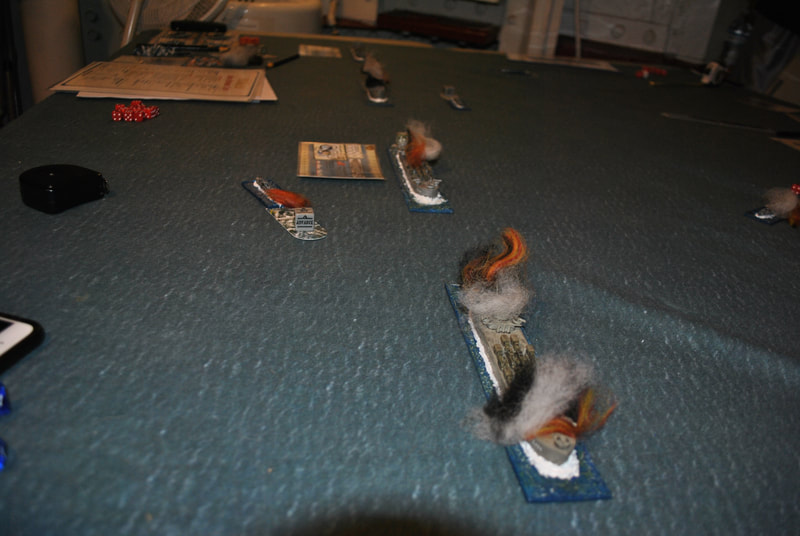



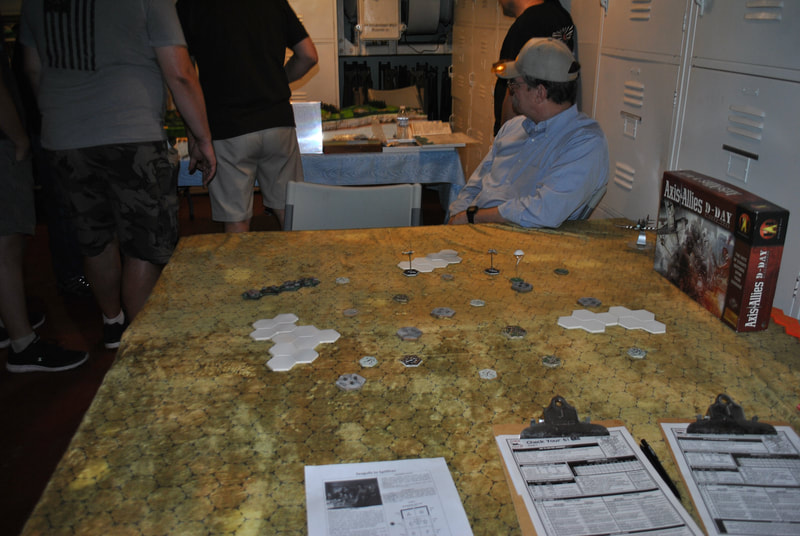










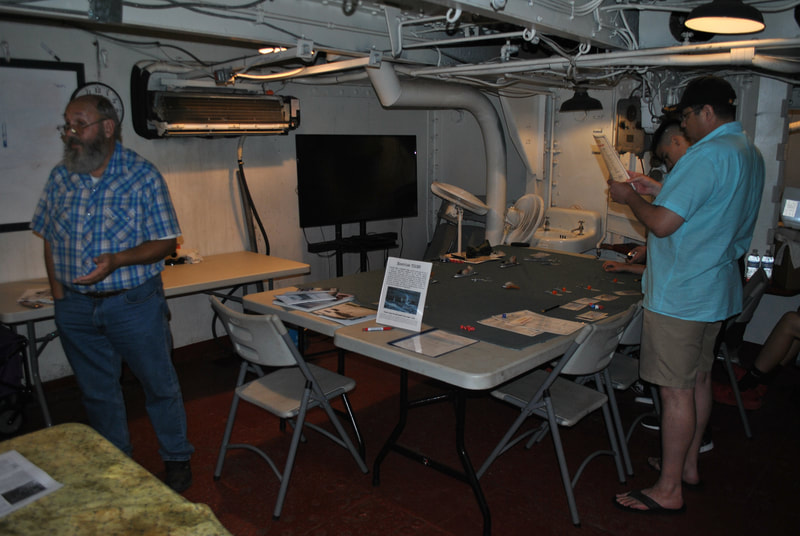











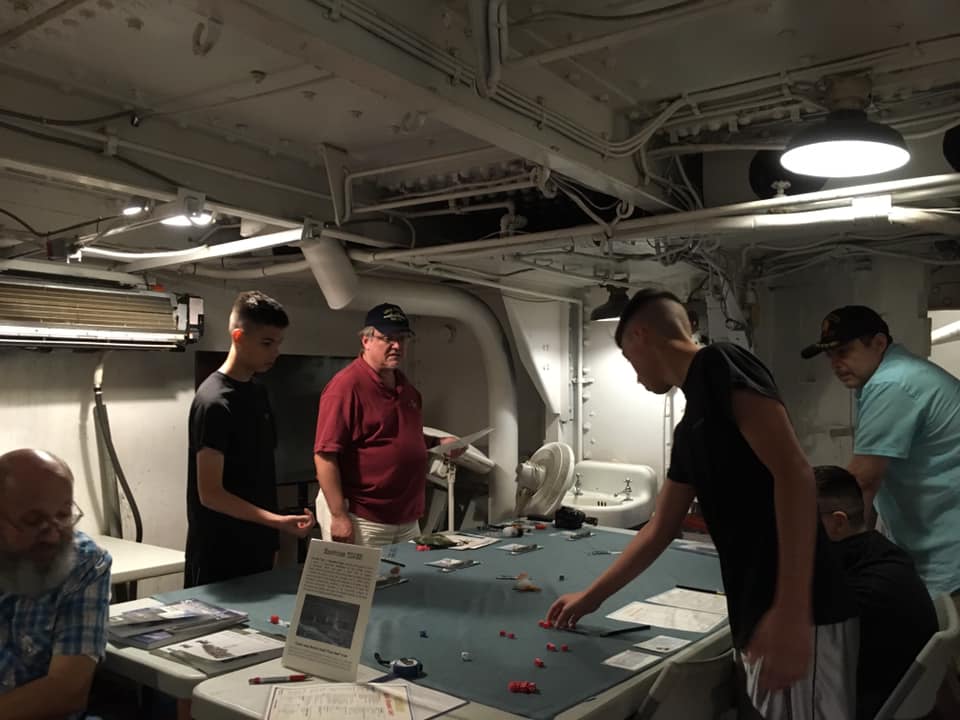



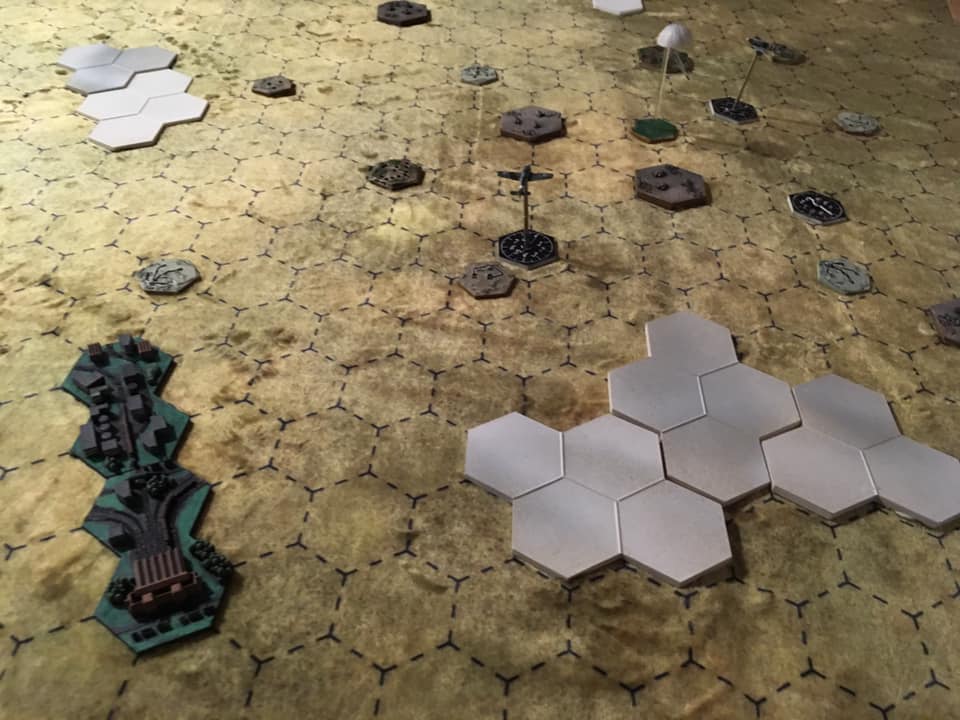


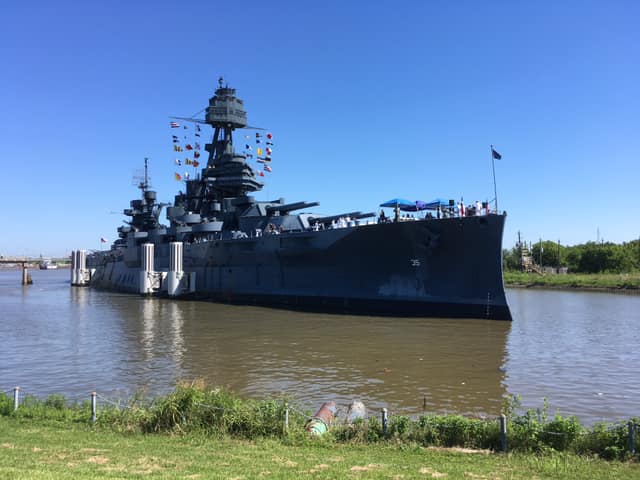











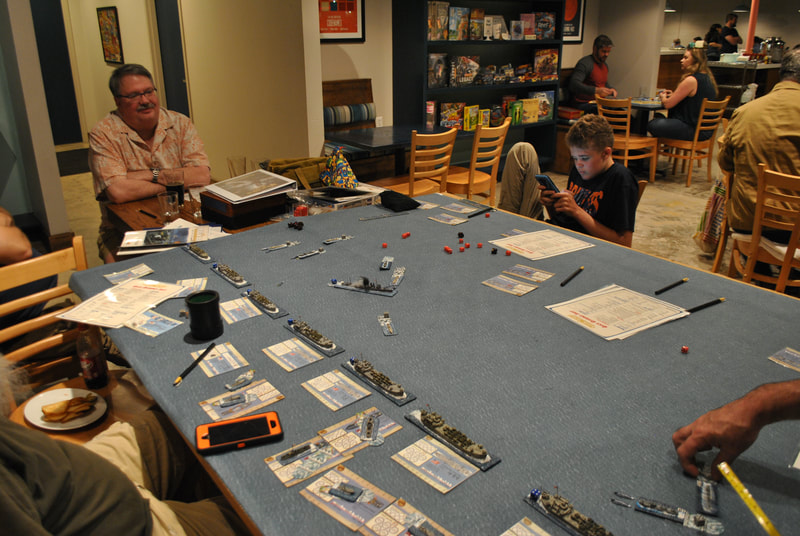




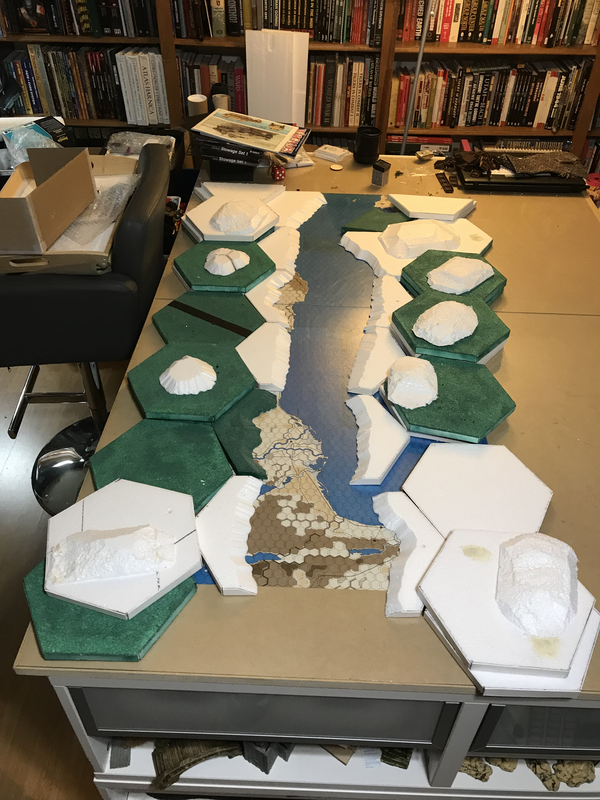

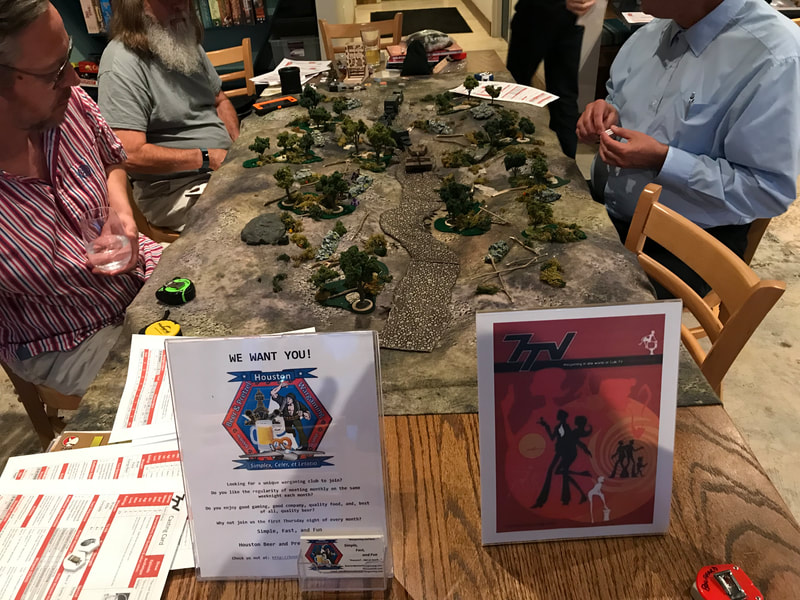











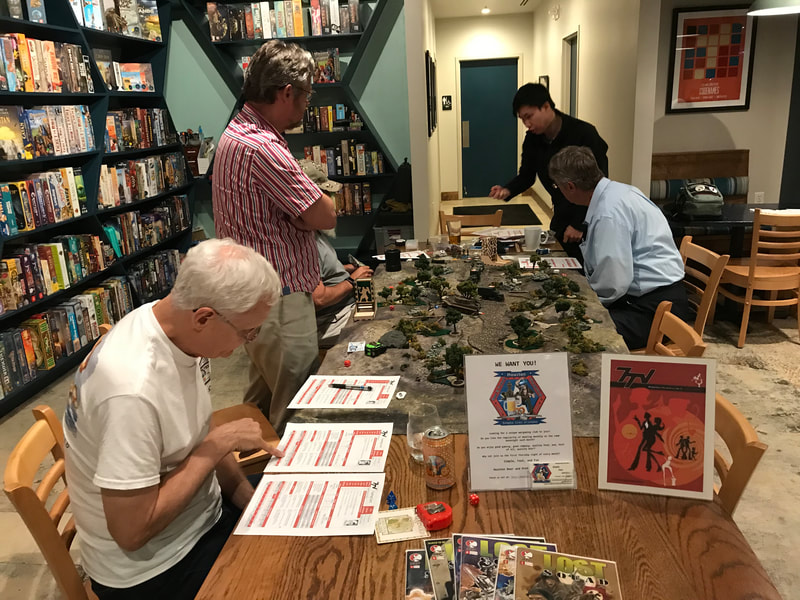




 RSS Feed
RSS Feed